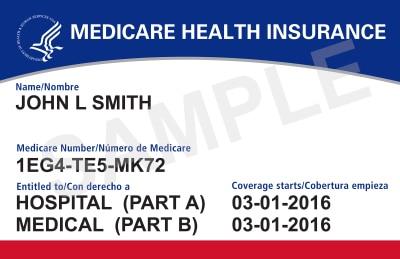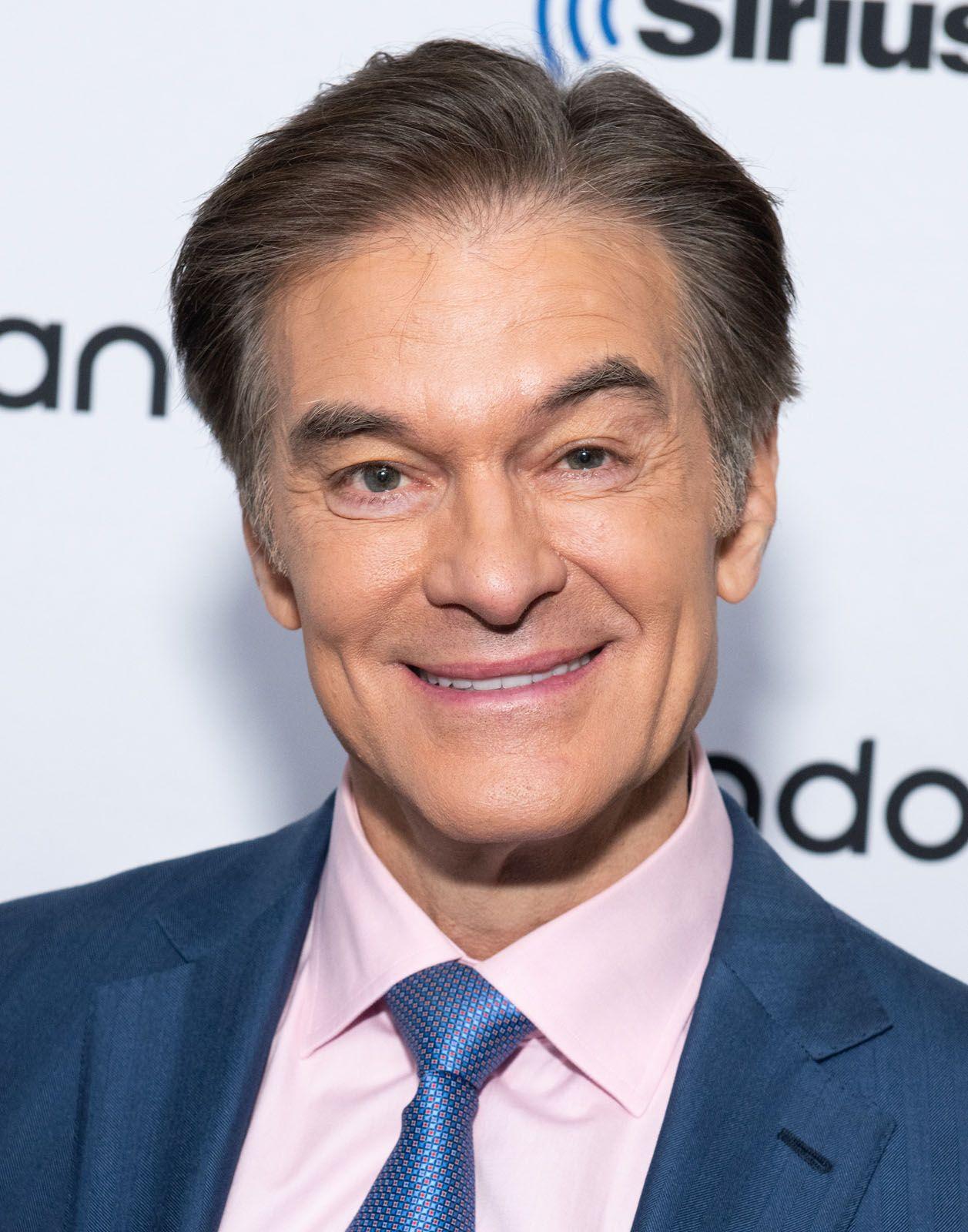In the complex landscape of American healthcare, few names spark as much conversation as Medicare and Medicaid, the two government programs that provide critical support to millions of citizens. As discussions about their future unfold, another name has recently entered the fray—Dr. Mehmet Oz. A well-known television personality and former surgeon, Dr. Oz’s foray into the political arena has ignited both curiosity and concern. What happens when celebrity influence meets public health policies designed for some of the nation’s most vulnerable populations? In this article, we delve into the implications of Dr. Oz’s involvement with Medicare and Medicaid. Is this a troubling mix that risks further complicating an already bewildering system, or could it herald a new era of advocacy and innovation in healthcare? Join us as we explore the intersections of celebrity, policy, and the essential services that shape the lives of millions.
Navigating the Complex Landscape of Medicare and Medicaid
As the landscape of healthcare in America evolves, understanding the intricacies of Medicare and Medicaid becomes more essential than ever. Medicare provides health coverage for individuals aged 65 and older, as well as those with certain disabilities. Meanwhile, Medicaid serves low-income individuals and families, offering a lifeline through comprehensive health services. However, the lines between these programs can often blur, creating confusion for beneficiaries. In this complex maze, some key factors to consider include:
- Eligibility Requirements: Each program has distinct criteria that must be met.
- Benefits Offered: The variety of services available can differ dramatically.
- Application Processes: Navigating the bureaucracy can be daunting and time-consuming.
Furthermore, with influential figures like Dr. Oz entering the conversation, public perception of these programs may shift. While his celebrity suggests an ability to raise awareness around healthcare issues, it also raises concerns about the potential for misinformation. Stakeholders must remain vigilant, questioning who benefits from such high-profile endorsements and how the policies impact real lives. Key considerations encompass:
| Aspect | Medicare | Medicaid |
|---|---|---|
| Target Population | Individuals 65+ | Low-income families and individuals |
| Funding Source | Federal Insurance Program | State and Federal Government |
| Flexibility | Limited choice within plans | Varies by state |

Evaluating Dr. Ozs Influence on Public Health Perception
Dr. Oz has often walked a fine line between entertainment and medical guidance, making his influence on public health perception a complex topic. Critics argue that his promotion of questionable health products and unverified medical claims can mislead the public, particularly vulnerable populations dependent on programs like Medicare and Medicaid. This audience, often facing chronic health issues, may be swayed by his charisma and the allure of easy fixes, leading to a reliance on potentially harmful alternatives over evidence-based medical advice. Consequently, patients might find themselves navigating a confusing landscape of health information, where flashy claims overshadow sound scientific grounding.
On the other hand, there remains a segment of the population that views Dr. Oz as a trusted source for wellness tips and health information. His ability to break down complex health topics into digestible content has drawn attention to important issues, sparking conversations around preventative care and healthy living. To evaluate his overall impact, it is useful to consider the duality of his influence:
| Positive Influences | Negative Influences |
|---|---|
| Increased awareness of health issues | Promotion of pseudoscience |
| Encouragement for preventative care | Confusion regarding health choices |
| Accessible health education | Potential for misinformation spreading |
Balancing Innovation and Accessibility in Health Care Solutions
The healthcare landscape is undergoing a significant transformation, bringing with it both exciting innovations and serious challenges. As new technologies and approaches emerge, the need for accessibility becomes increasingly important. Striking the right balance is crucial to ensure that cutting-edge solutions are not solely reserved for those who can afford them. In the case of Medicare and Medicaid, this balance takes on added importance as they serve vulnerable populations. Stakeholders must prioritize the development of tools that are affordable and user-friendly, ensuring that no one is left behind in the healthcare revolution.
To achieve this, consider the following strategies:
- Collaboration between Innovators and Policy Makers: Engaging with experts in both technology and healthcare policy can result in solutions that meet regulatory standards while remaining user-centric.
- Leveraging Data: Utilizing health data analytics can help identify gaps in service and personalize care, making innovations more relevant to diverse patient needs.
- Community Engagement: Involving community voices in the co-creation of healthcare solutions ensures that innovations are culturally competent and more widely accepted.
| Key Players | Roles in Innovation |
|---|---|
| Healthcare Providers | Delivering patient care and feedback on technology needs. |
| Technology Firms | Creating tools that improve efficiency and patient engagement. |
| Policymakers | Regulating innovations to ensure safety and accessibility. |
| Patients | Offering insights on usability and personal experiences. |
Recommendations for Enhancing Patient Outcomes in Medicare and Medicaid Programs
To improve patient outcomes within Medicare and Medicaid programs, a multi-faceted approach is essential. Enhanced communication between healthcare providers and patients can ensure that individuals understand their treatment options and care plans. Encouraging patient education initiatives can empower beneficiaries to take an active role in their health management. Additionally, leveraging technology, such as telehealth services, can facilitate timely consultations and follow-ups, particularly for those with mobility issues or living in rural areas. Other recommendations include:
- Integrated Care Models: Foster collaboration between primary care, specialists, and mental health professionals.
- Data-Driven Solutions: Utilize analytics to identify trends and areas needing attention for improved health outcomes.
- Patient-Centered Approaches: Tailor services to the unique needs of different demographics within the Medicare and Medicaid populations.
Furthermore, focusing on health disparities can lead to more equitable healthcare delivery. Analyzing social determinants of health (SDOH) allows policymakers to address underlying issues that affect patient care. Incorporating SDOH into program strategies will enhance service delivery across diverse populations. Communities can benefit greatly from support services that address barriers to access, such as transportation and housing insecurity. The following table outlines potential interventions and their expected impacts:
| Intervention | Expected Impact |
|---|---|
| Telehealth Expansion | Increased access to care for remote populations |
| Health Education Workshops | Improved health literacy among beneficiaries |
| Community Resource Centers | Comprehensive support for addressing SDOH |
Q&A
Q&A: Medicare, Medicaid, and Dr. Oz: A Troubling Mix or a Bright Future?
Q1: What is the main focus of the article regarding Medicare and Medicaid?
A1: The article explores the intersections of Medicare, Medicaid, and Dr. Oz’s influence as a public figure in health and wellness. It examines whether his messaging and potential policies could lead to beneficial reforms or introduce complications within these government health programs.
Q2: Who is Dr. Oz, and why is he significant in this discussion?
A2: Dr. Mehmet Oz, known as Dr. Oz, is a cardiothoracic surgeon and television personality famous for his health advice and wellness tips. His significant platform has spurred conversations about public health, but his past promotion of certain supplements and treatments has raised eyebrows, making his potential involvement in healthcare policy a point of contention.
Q3: How does the article frame the relationship between Dr. Oz and public health initiatives like Medicare and Medicaid?
A3: The article presents a nuanced view; it acknowledges Dr. Oz’s ability to reach a wide audience and promote healthy living while also critically examining the implications of his promotion of unverified health products. It discusses whether his influence could help improve public awareness of Medicare and Medicaid or if it might lead to misinformation that complicates these vital programs.
Q4: What are some concerns raised in the article about merging celebrity health advice with public healthcare programs?
A4: The article highlights several concerns, including the risk of oversimplifying complex health issues, the potential for conflicts of interest, and the possibility that popular but unproven health products could exploit vulnerable populations who rely on Medicare and Medicaid. It questions the responsibility of public figures in shaping health discourse.
Q5: Does the article provide any examples of successful integration of health messaging in Medicare and Medicaid?
A5: Yes, the article cites initiatives that have effectively utilized public figures to advocate for preventive care, vaccination, and chronic disease management within Medicare and Medicaid. These examples illustrate how strategic partnerships can enhance public understanding and utilization of healthcare programs.
Q6: What is the conclusion drawn regarding the future of Medicare and Medicaid in light of Dr. Oz’s influence?
A6: The conclusion emphasizes that while Dr. Oz potentially offers a unique opportunity to engage a broader audience in health discussions, caution is warranted. It suggests the need for a critical approach to ensure that any messaging aligns with scientific evidence and public health goals, balancing enthusiasm for wellness with the realities of healthcare policy.
Q7: How can readers engage with the topic further?
A7: Readers are encouraged to reflect on their own perceptions of health advice from celebrities, consider the implications of celebrity influence on public policy, and advocate for evidence-based approaches in healthcare. Engaging in community discussions, attending forums on healthcare policy, and following reputable sources for healthcare information are also suggested avenues for further exploration.
Concluding Remarks
As we navigate the intricate waters of healthcare policy, the intertwining narratives of Medicare, Medicaid, and personalities like Dr. Oz reflect a broader dialogue about our nation’s values and priorities. This fusion of public health programs with celebrity influence raises important questions: Are we steering towards a future where quality care is universally accessible, or are we merely drifting in a sea of sensationalism? While hope persists on the horizon for a system that prioritizes patient welfare, challenges loom large that require thoughtful engagement and vigilance. Ultimately, the path forward demands collaboration and transparency—not just from policymakers and healthcare providers, but from all of us as conscientious citizens. Only by examining these complex relationships can we manifest a healthcare future that truly serves everyone. As the discussion evolves, it remains imperative to remain informed, engaged, and critically aware of who shapes our healthcare landscape. The story is still being written—let’s ensure it’s one worth telling.